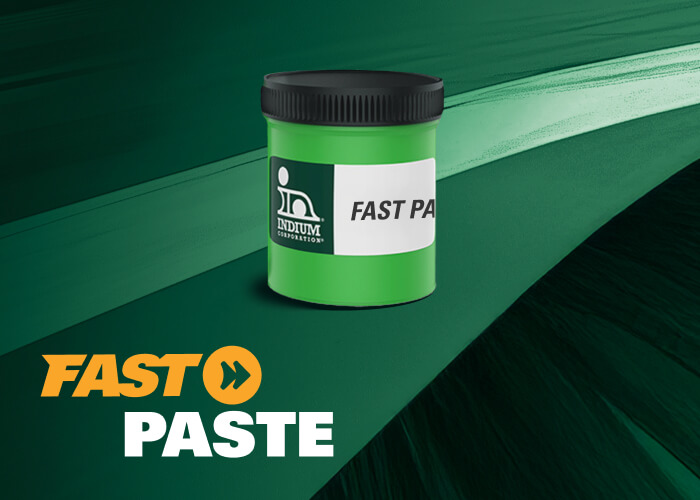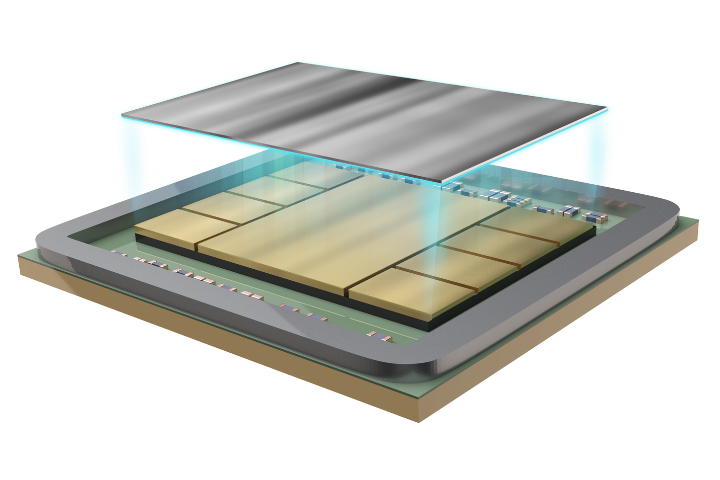Every so often when listing the benefits of low-temperature solder, the idea of reducing the oven temperature to lower energy consumption comes up. However, how often have we actually seen data supporting that claim? Honestly,I am guilty of that myself. It makes sense for lower temperatures to require less energy, and as long as other reasons drove applications to low-temperature solders, the energy consumption was a nice but non-essential side benefit.
As energy consumption has become increasingly important—in terms of cost, availability, and environmental impact—it is about time we stopvaguely referencing things that "make sense,"and instead, use quantitative data to consider carbon emissions and oven energy consumption to makeprocess decisions.Recently at APEX 2023we published some work done with Heller Industrieslooking at the actual energy consumption rate of a reflow oven under different conditions and reflow profiles. Some of the data is shown below, but send me or any member of our tech team a message to read the paper!

In short, we confirmed the peak temperature of a profile definitely has an impact on the energy consumption of an oven. There is still more to learn about the impact of different types of profiles (plateau or soak profiles) and board loading. In the meantime, we can estimate that dropping from a 240℃ peak temperature to 205℃ would reduce energy consumption by 10%. For one oven operating continuously for one year that would be almost 10,000 kWh and 3.6 tons of carbon dioxide emissions.
I look forward to working with you on more sustainable printed circuit board assemblies!



